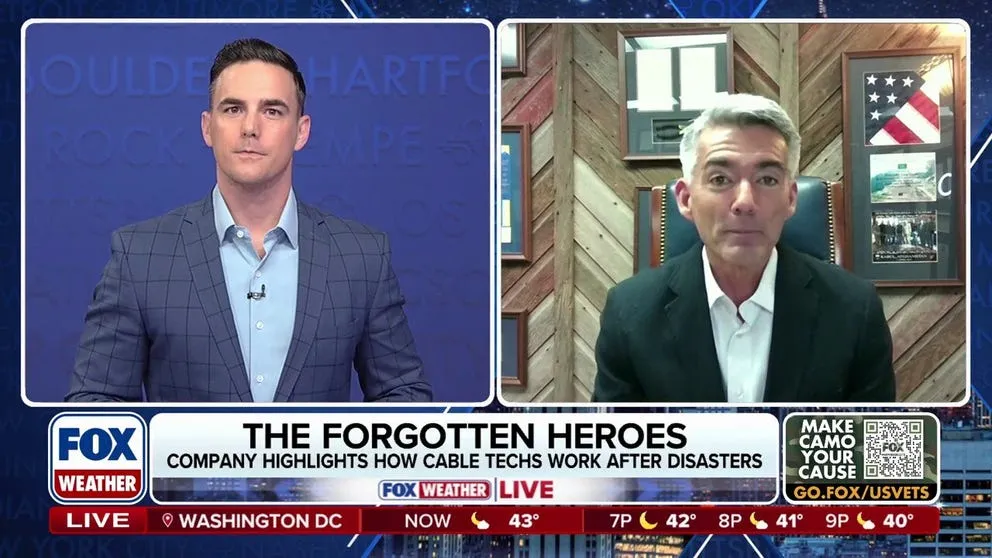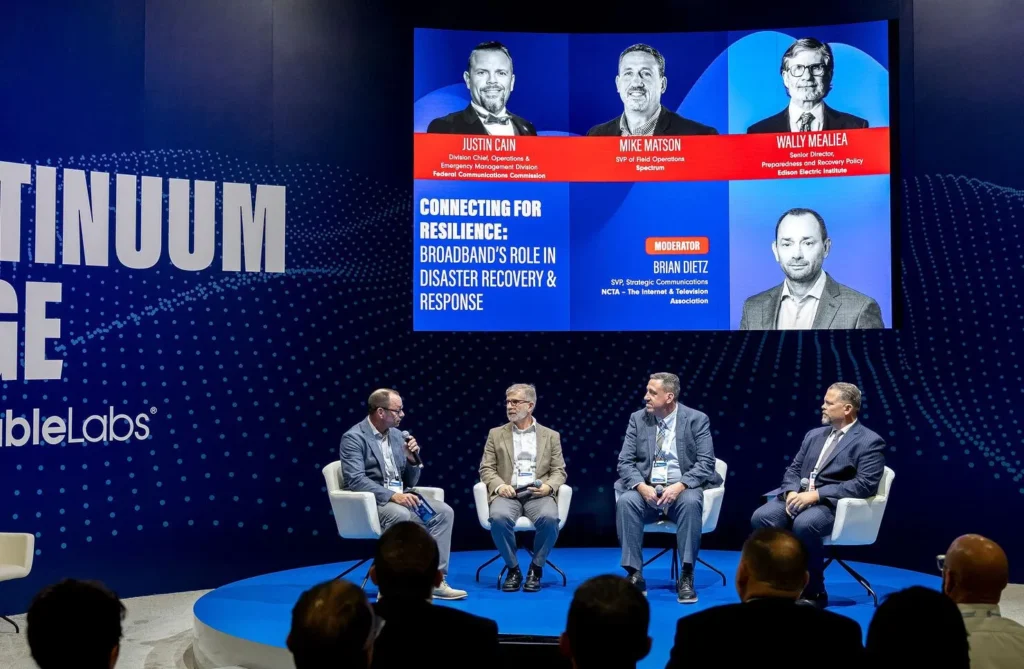By Sandra Howe, NCTA Board Member and Advisor to CBRS Transmission Product Manufacturer
At this year’s WISPAPALOOZA conference, I had the privilege of joining a panel alongside leaders from WISPA, the OnGo Alliance, and others to discuss the future of the Citizens Broadband Radio Service (CBRS). The CBRS band (3.55–3.70 GHz) represents one of the most inclusive, flexible, and innovative spectrum-sharing frameworks in the world, and it has become essential to the connectivity strategies of numerous industries, including broadband, healthcare, education, and manufacturing.
But the future of CBRS is at risk.
The FCC is considering proposals that would increase power levels and out-of-band emissions (OOBE) limits, which could severely undermine current uses or even restructure the CBRS band entirely, potentially reallocating it away from its current shared-use model. These changes threaten to undo years of public and private investment and would disproportionately harm smaller and rural operators, enterprises, and community institutions and the people in those areas that rely on CBRS today.
Why CBRS Matters – And to Whom
CBRS democratizes mid-band spectrum. It enables WISPs, cable operators, schools, hospitals, utilities, farms, and local governments to build private and localized LTE/5G networks. With county-sized licenses, a three-tiered sharing model, and a mature device ecosystem, CBRS has lowered the barrier to entry for operators who’ve historically lacked access to prime spectrum.
This shared model doesn’t just work—it thrives. Removing or undermining it would undercut hundreds of millions of dollars in deployment investments and disrupt service for millions of Americans, particularly in rural and underserved areas.
Real-World Use Cases Proving the Value of CBRS
CBRS is the foundation for a growing number of enterprise and public sector use cases:
- Hospitals like Stanford Health Care utilize it to enhance patient care and staff communication.
- School systems such as Jackson, MS public schools and Howard University are using CBRS for private broadband networks.
- Industrial firms such as John Deere deploy CBRS to power smart manufacturing and automation.
- Utilities like Illinois Electric Cooperative manage smart grids with it.
- Airports and ports, including MIA and DFW, use CBRS to enhance operations and security.
- NFL stadiums and entertainment venues rely on CBRS to deliver high-quality digital experiences.
These deployments aren’t theoretical. They’re live, scaled, and delivering value nationwide.
The Power Debate: A Disruptive Shift
Some Mobile Network Operators (MNOs) have proposed higher power levels and OOBE limits. Doing so would undermine the delicate balance of the three-tiered system by allowing higher-power uses to effectively drown out current use cases. It would:
- Favor large, high-power mobile operators at the expense of smaller players and enterprises.
- Increase adjacent-channel interference risks, especially for General Authorized Access (GAA) users.
- Compromise the integrity of the Spectrum Access System (SAS), which isn’t designed to mitigate this kind of interference.
Further, raising power levels or altering the rules could significantly diminish the utility of GAA – a critical tier that supports countless smaller and rural deployments. GAA users already operate without interference protection from higher-tier licensees, and any erosion of protections could crowd them out entirely, effectively removing their ability to participate in the band.
Key point: There’s already 380 MHz of high-power 3 GHz spectrum available to mobile carriers. There’s no need to disrupt the one mid-band spectrum model designed to be shared and widely used.
The Economic Impact Is Real
With more than 500,000 CBRS base stations deployed along with over 1,350 certified devices and thousands of operators actively using the band, the CBRS ecosystem is mature and thriving. CBRS supports:
- Competitive mobile alternatives
- Fixed wireless deployments
- Private 5G innovation
- Affordable, flexible connectivity for enterprises and localities
If the CBRS framework is dismantled or compromised, it risks rendering these investments obsolete. It also removes a critical tool for industries that rely on stable, interference-managed mid-band spectrum.
A Call to Action: What Service Providers Can Do
To protect CBRS, service providers must take action:
- File comments with the FCC opposing proposals to increase power levels or reallocate the band.
- Partner with WISPA, NCTA, and the OnGo Alliance to present a united industry front.
- Share success stories – from improved school connectivity to smart factory deployments – to demonstrate real-world value.
- Invite policymakers to see your CBRS network in action – it makes a difference.
Conclusion
CBRS is more than a band – it’s a success story for innovation, investment, and inclusive access. Its shared spectrum model is working as intended. Now is not the time to upend it.
Policymakers must recognize what’s at stake. Preserving the three-tier structure – including full, meaningful access for GAA users – is essential to protecting the openness and innovation that CBRS was built to deliver. Let’s protect CBRS – and the broad coalition of industries, communities, innovators, and – most importantly – people in the rural areas like where I grew up, who depend on it.








